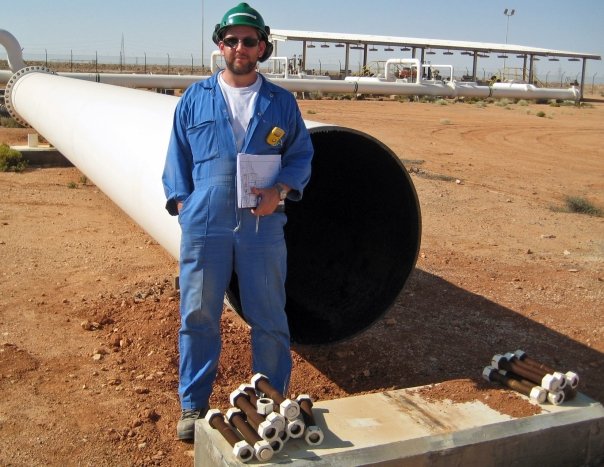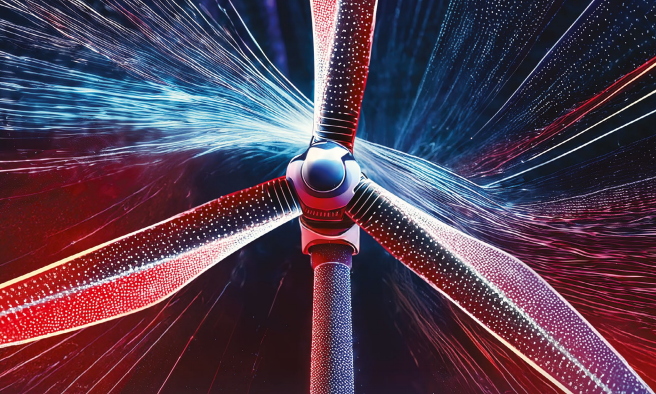The energy transition is the innate desire to move from carbon-based energy to renewable or green energy. We might expect that ‘the market will decide’ the future technological trajectory with the government only intervening in front end R&D with the idea that companies will exploit the best technologies. (Schot and Steinmueller, 2018) described this as Frame One and Frame Two thinking.
The authors proposed the third frame of thinking: ‘
(Schot and Steinmueller, 2018, p1564).
Frame three thinking requires a public ‘mission’ to reconstruct social-technological systems to address sustainable transitions. Energy transition requires not only constructive policy, but also policies that create Schumpeterian destruction of existing pathways (Kivimaa and Kern, 2016).
As Schot and Steinmueller put it:
Based on our current trajectory, energy consumption growth is outpacing renewable energy growth. In 2000, globally the renewable share of total energy consumption was 17%, in 2020 it is still 17% (IEA Data). This is despite renewable energy doubling in the last five years. Since 2010, the energy capacity of coal has grown by 5%. The connection between the desire for economic growth and energy consumption is problematic. The more renewable energy we add, the more economic growth we create and the more energy we consume. This situation creates a rebound effect in ‘which energy efficiency improvements stimulate further economic activity that reduces or eradicates the energy and carbon savings’. There is perhaps too little focus on demand-side efficiencies (Busch, Foxon and Taylor, 2018, p119).
There is an idea that ‘some see the shift to renewable energy technologies and circular economy practices as the basis for a radical economic transformation’ (Busch, Foxon and Taylor, 2018, p120). To be truly sustainable, we need to connect environment goals with energy transition goals and develop policies and technologies that benefit both.
When thinking about energy systems and technological pathways, we need to consider whether the chosen pathway is genuinely sustainable. There are a number of factors to consider:
- Does the chosen pathway degrade overall energy efficiency, thereby creating a higher energy demand? For example, while hydrogen is a clean energy technology, it requires significantly more energy to produce hydrogen than simply using electricity directly to do the work or heat the home.
- Are we using the best energy for the purpose intended? This question ties up with some basic thermodynamic principals, the exergy destruction of a system and end-to-end energy efficiency.
- Are we using clean energy to support technological lock-in that supports continued and insatiable growth in energy consumption? The Electric Vehicle may be clean, but it is a form of technological lock-in that supports societal norms that expect ever-increasing amounts of energy
To solve the problem, we fundamentally need to rewrite the norms for society. For example, instead of more electric cars, Hounslow Borough Council has introduced the concept of the 15-minute city ‘so that people can access the key elements of a city within their own neighbourhoods – and eliminate unnecessary journeys, particularly car journeys’ (London Borough of Hounslow, 2020).
We could choose to integrate driverless cars with information technology to create a shared on-demand personal transport system that requires fewer cars and consumes fewer resources in manufacturing cars. However it requires a complete rethink on the way in which view and use personal transport.
References
Busch, J., Foxon, T. J. and Taylor, P. G. (2018) ‘Designing industrial strategy for a low carbon transformation’, Environmental Innovation and Societal Transitions, 29(December 2017), pp. 114–125. doi: 10.1016/j.eist.2018.07.005.
Kivimaa, P. and Kern, F. (2016) ‘Creative destruction or mere niche support? Innovation policy mixes for sustainability transitions’, Research Policy. doi: 10.1016/j.respol.2015.09.008.
London Borough of Hounslow (2020) A BOROUGH PLAN FOR RECOVERY. Available at: https://www.hounslow.gov.uk/downloads/download/671/hounslow_council_borough_recovery_plan.
Schot, J. and Steinmueller, W. E. (2018) ‘Three frames for innovation policy: R&D, systems of innovation and transformative change’, Research Policy, 47(9), pp. 1554–1567. doi: 10.1016/j.respol.2018.08.011.
Further Reading
Energy Transition Is Not The Same Thing As Sustainability (but it could be). (strombergenergy.com)
Why Everyone Should Take an Energy Primer Class (olwg.co.uk)
The Energy Policy Makers Dilemma | LinkedIn
The Problem of Energy Access in Sub-Saharan Africa and the Tragedy of the Commons (olwg.co.uk)





